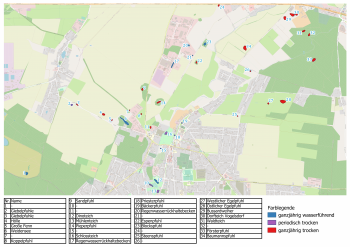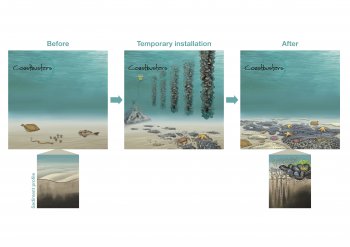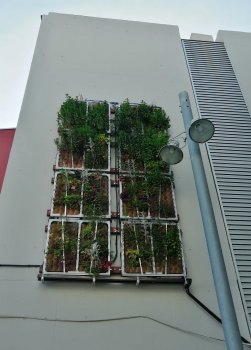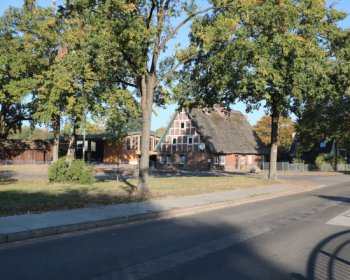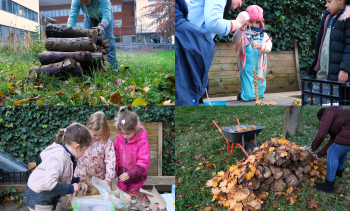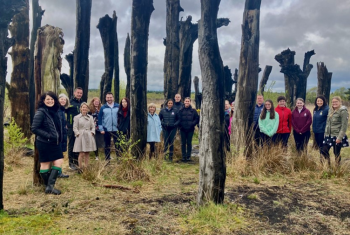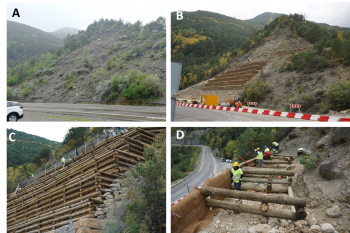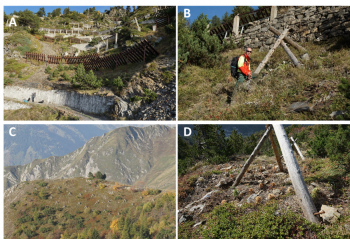H2020 PONDERFUL: Schöneiche Demo Site
Water management: Retain water in the pondscape to prevent dry-out of ponds
Human health: A refreshing place to walk and relax, and to educate people about nature.
Biodiversity enhancement: Especially amphibians, insects, birds, and (semi)aquatic vegetation.

